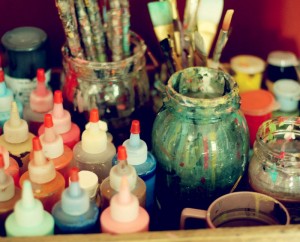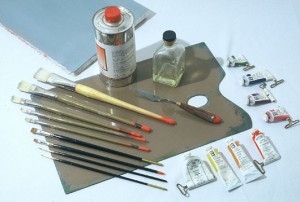Tips When Air Traveling with Your Painting Supplies
Traveling is part of an artist’s life. Artists travel due to professional commitments like to teach a class or speak at an engagement; for a change of venue; to get inspiration; take a vacation, and so many other reasons. Road travel is not as complicated as traveling by air and when traveling, an artist must consider how he would bring his art supplies with him. Here are some tips that you can use when traveling via plane:
1. Create a list of the art supplies you will bring. List each essential item that you need when painting on location so you won’t get frustrated once you get to your destination. Avoid forgetting your paints, brushes, tripod, canvas pad, palette, etc. by including your supplies in the packing list but don’t go overboard. Don’t bring all your paints and just settle with a few colors, 5-6 would suffice since you can mix colors to achieve another one. Just list those items that you can’t paint without.
2. Familiarize yourself with the airline’s regulations. Know beforehand which items are accepted and prohibited to be hand-carried inside the plane. Mineral spirits, solvents or thinners are not allowed. The Transportation Security Administration (TSA) issued on its website a list of prohibited items when traveling by air, which items can be declared as carry-on, and those to be checked in.
3. Pack your art supplies in a separate bag. This makes it easier for airport security to check your luggage if all your painting supplies are in one location. This will make it easier for both you and the security guards when doing the mandatory checking your belongings. Don’t forget to put your paints in plastic resealable bags to prevent accidental leaks from staining your other stuff.
4. Use water-soluble oils. Since air travel prohibits you from bringing your solvents and other flammable supplies, using water-soluble oils in your painting is beneficial. Cleaning is done easily and the painting dries quickly. If you need to travel again within a short period of time, it would be no problem with these kinds of paint since the drying time is faster.
5. Ship your art materials to your destination beforehand. If you don’t want the hassle of packing or answering the questions of airport security if your supplies are hazardous or not, you can opt to send your supplies ahead of you. Couriers can deliver your supplies anywhere in the world, just make sure you insure the package.
Image source: http://www.abeautifulmess.com/




